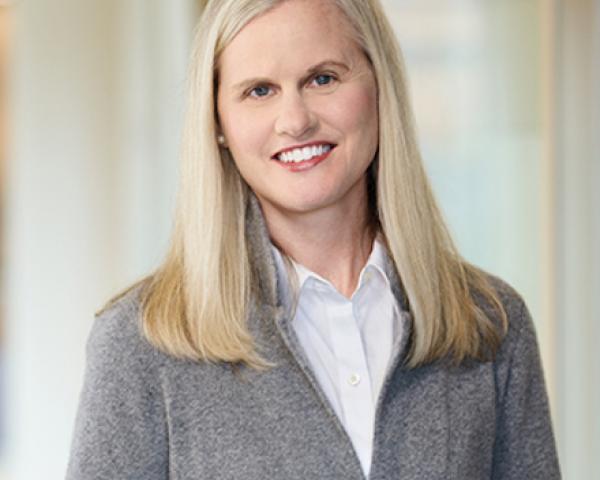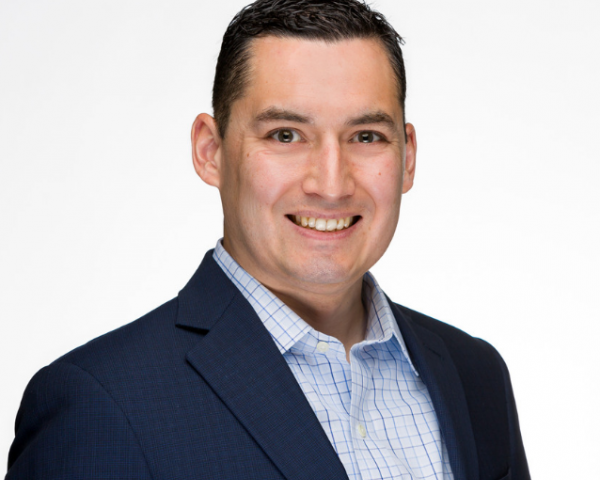Innovation calls upon us to challenge existing paradigms.
Women in technology understand this all too well. Many of us have stepped into roles that were traditionally dominated by men. We've had to swim upstream to establish our bona fides.
Personally, I'm proud to have achieved a host of "firsts" in my career, and today I'm surrounded by creative thinkers who are applying new technology to approach old problems differently. In my world, challenging existing paradigms is par for the course.
So many of our paradigms are built around all-or-nothing propositions that simply don't work well in the real world. Consider the old 9-to-5 work day. That operating model was already in decline well before COVID-19 ever appeared on the scene, but the pandemic shifted that transition into high gear. It completely broke the existing way of thinking. Almost overnight, remote work became the norm.
Along with that shift in location came a shift in timing. Today's work day looks very different from the old 9-to-5 gig. Now it's 8-to-2, pick up the kids, more work between 4 and 6, then a late evening call with a customer in Australia, and a few emails before bedtime.
I call that "work-flex." In the old world, there was a kind of all-or-nothing approach to the business day. You were either in the office or you weren't. Most organizations demanded a 9-to-5, Monday-to-Friday commitment. That made it a lot harder to respond to those inevitable little emergencies in life. But the world has changed, and technology has opened a lot of new doors. Mobile devices, remote connectivity and collaboration tools have created a host of possibilities. It's up to creative thinkers to exploit these new tools in ways that can break apart existing paradigms and expand flexibility throughout our lives - and in our business practices.
As a CEO who's also a mom, I know that work-flex is critical. My twin boys love to play sports, for example. Injuries happen sometimes. On several occasions, I've been sitting in an important sales meeting when that dreaded call comes in from the school. When those kinds of emergencies come up, my team is able to pick up the ball and run with it. We've prepared for that. In fact, our customers and prospects appreciate knowing that we're resilient - that we have a human side, that we have each other's backs. On one occasion, I even got a text from the prospect, checking to make sure my son was OK.
Work-flex manifests itself in work-life balance, in the roles we play in life, and in our approach to customers, employees and relationships. For me, that extends to my role as a mom and a CEO. I call that my "mom-CEO-flex." This is all driven by relationships and trust. It's give and take; it's about having compassion for each other as a team. We plan for agility.
See also: How Workplace Has Changed for Women
In virtually any domain, an all-or-nothing thought process inevitably creates artificial constraints. The strict 9-to-5 paradigm shuts a lot of people out of the workforce. Flexibility offers a way out of that box. It opens the door to agility and resiliency. As a CEO, I see this trend expanding into so many different areas. When you build in the flex component, you can reap tremendous benefits.
This plays out in the context of business initiatives, as well. At my company, CLARA Analytics, we encounter a lot of business leaders who start out believing that they need to choose between building their own AI system from scratch and implementing a turnkey product that can't be tailored to fit their needs. That's a false dichotomy. The either/or, all-or-nothing approach simply doesn't work well when it comes to AI.
In fact, businesses can have the best of both worlds. They can leverage algorithms and datasets from an external vendor but blend that with their own data and mold it to fit their unique strategies. That's AI-flex. It opens up new possibilities by dispensing with the false dichotomy of the traditional build-versus-buy debate.
When we step outside the confines of either/or thinking and embrace a "both/and" mindset, we can achieve greater things. We can bring a human touch to the workplace. We can create value in ways that previously weren't thought possible. Whether it's work-flex, mom-CEO-flex or AI-flex, it all starts with a willingness to look beyond existing paradigms, dispense with the either/or mentality and embrace an approach that looks toward solutions instead.
Flex-oriented thinking is fundamentally angled toward an abundance mindset. It opens the door to innovative win-win scenarios that add value and choice. In a world that increasingly demands agility and resiliency, flex-thinking is a strategic asset.





































